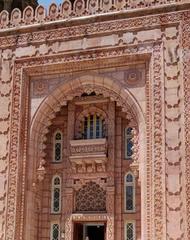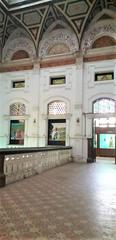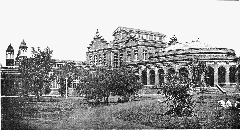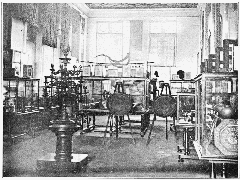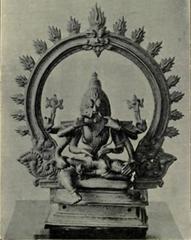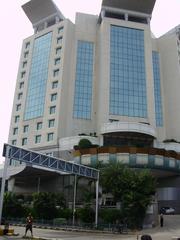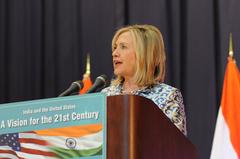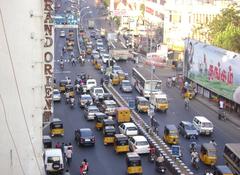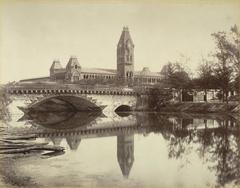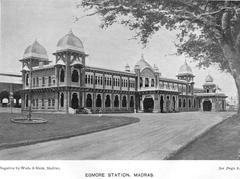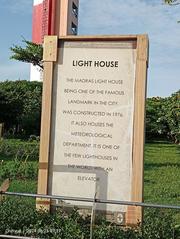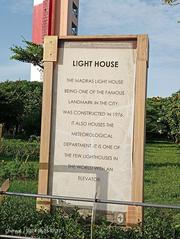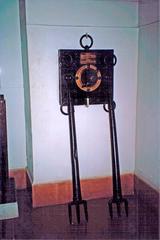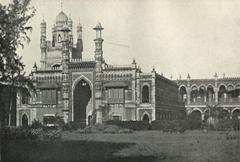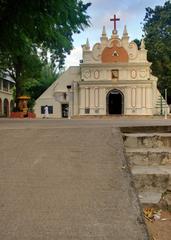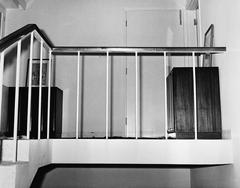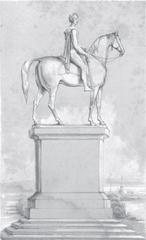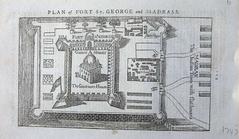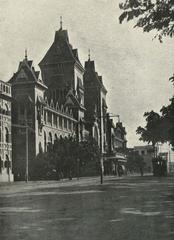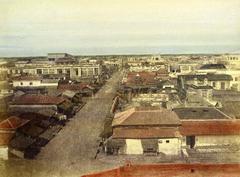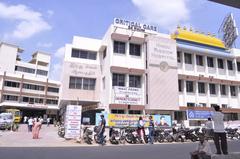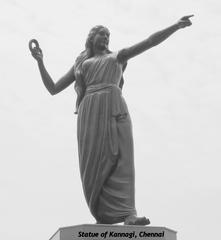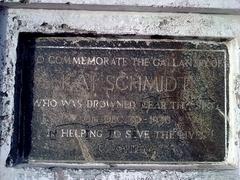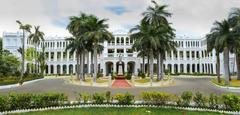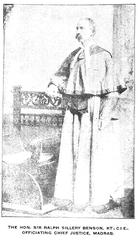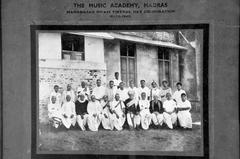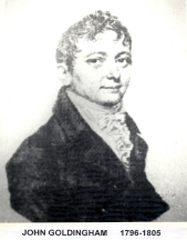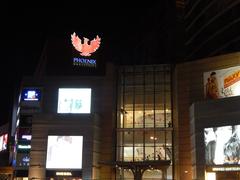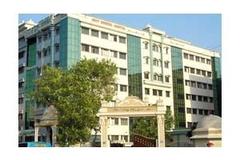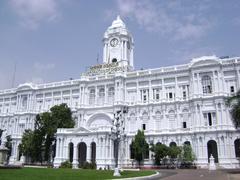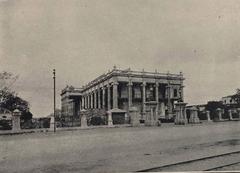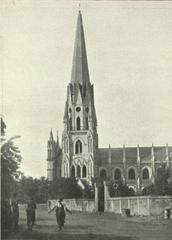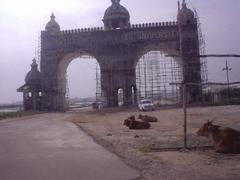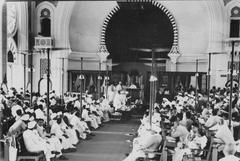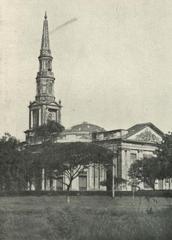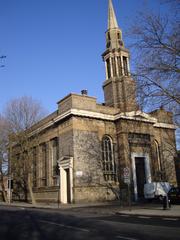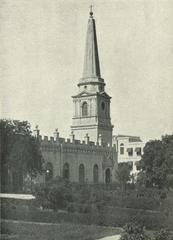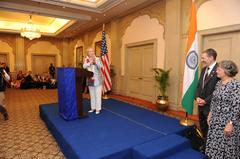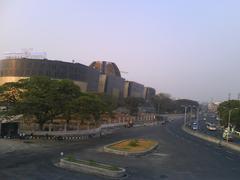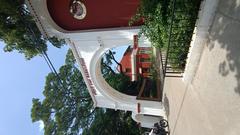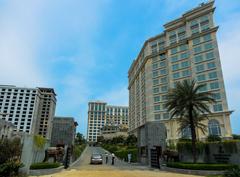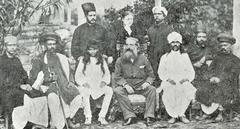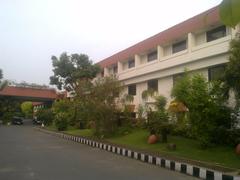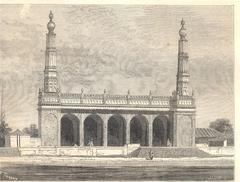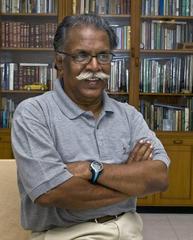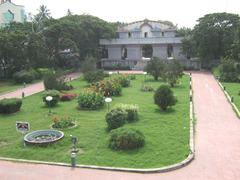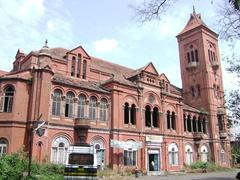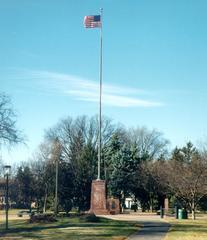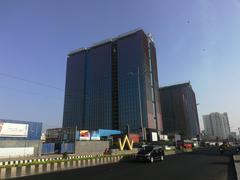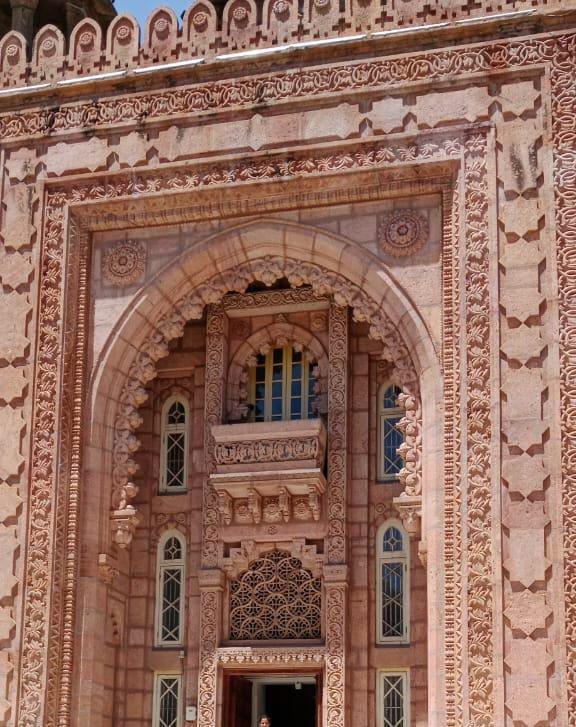
Chennai Government Museum Visiting Hours, Tickets, and Historical Insights
Date: 17/07/2024
Introduction
The Chennai Government Museum, established in 1, is a beacon of India’s rich cultural and artistic heritage. Located in the bustling heart of Chennai, Tamil Nadu, this museum is more than just a repository of artifacts; it is a journey through time that reflects the evolution of art, archaeology, anthropology, and natural history in the region. The museum’s inception can be traced back to Dr. Edward Balfour, a visionary surgeon of the Madras Medical Service, who aimed to create a space dedicated to showcasing the region’s diverse cultural and natural treasures (Chennai Museum).
Historical Background and Significance
Early Beginnings and Vision
The genesis of the museum can be traced back to 1851 when it first opened its doors within the premises of the College of Fort St. George, now known as Madras. The driving force behind this initiative was Dr. Edward Balfour, a surgeon of the Madras Medical Service, who envisioned a space dedicated to showcasing the region’s diverse cultural and natural treasures.
A New Home and Continued Growth
As the collection grew, the need for a larger space became apparent. The museum relocated in 1854 to the Pantheon building, a public assembly hall on Esplanade. It flourished under the patronage of then-Governor Lord Harris, who contributed to its collection and ensured its expansion. In 1872, the museum found its permanent residence within a grand Indo-Saracenic building designed by renowned architect Henry Irwin. This building is an architectural marvel, blending Indian and European styles (Chennai Museum).
A Multifaceted Institution
Today, the Chennai Government Museum is one of the oldest and largest museums in India, comprising six buildings with 46 galleries spread across an impressive 16.25 acres. It houses several institutions, including:
- The Main Museum: Showcasing archaeological findings, ancient coins, Roman antiquities, and more.
- The National Art Gallery: Home to a remarkable collection of paintings, including Tanjore, Rajput, and Mughal schools, as well as works by artists like Raja Ravi Varma.
- The Connemara Public Library: A treasure trove of books, periodicals, and manuscripts, including a rare collection of Braille books.
- The Museum Theatre: A venue for cultural performances and events.
- The Children’s Museum: A space for young visitors to engage with history and culture through interactive exhibits.
Visitor Information
Visiting Hours
The museum is open from 9:30 AM to 5:00 PM, Tuesday to Sunday. It is closed on Mondays and national holidays.
Tickets
- Indian Adults: ₹15
- Foreign Visitors: ₹250
- Children (below 12 years): Free
How to Get There
The museum is located on Pantheon Road, Egmore, Chennai. It is easily accessible by public transport, including buses and trains. The nearest railway station is Egmore Station.
Nearby Attractions
While in Chennai, you can also visit nearby historical sites such as Fort St. George, Marina Beach, and St. Thomas Mount.
Collections and Exhibits
Archaeology
- Amaravati Gallery: Features exquisite sculptures from the Amaravati Stupa, dating from the 2nd century BCE to the 3rd century CE (Amaravati Sculptures).
- South Indian Sculptures: Includes Hindu deities crafted in bronze, stone, and other materials, spanning from the Pallava period to the Vijayanagara era (Chola Bronzes).
- Prehistoric Section: Artifacts dating back to the Stone Age, including tools and pottery.
Anthropology
- Tribal Art and Artifacts: Traditional ornaments, weapons, musical instruments, and everyday objects from Tamil Nadu’s tribal communities.
- Numismatics: Coins from various dynasties and periods, including Roman, Kushan, Gupta, and Chola.
Art
- National Art Gallery: Features a diverse range of paintings, including Mughal and Rajput miniatures and works by artists like Raja Ravi Varma (National Art Gallery, Chennai).
- Tanjore Paintings: South Indian art characterized by rich colors, gold leaf work, and depictions of Hindu deities.
Natural History
- Geology: Rocks, minerals, and fossils providing insights into Earth’s formation.
- Zoology: Preserved specimens of mammals, birds, reptiles, and marine life, including a massive whale skeleton.
Other Notable Collections
- Children’s Museum: Interactive exhibits and displays for young visitors.
- Manuscript Gallery: Palm leaf manuscripts, illuminated manuscripts, and rare books.
- Bronze Gallery: One of the largest collections of South Indian bronze sculptures, primarily from the Chola period.
Tips for a Memorable Visit
- Allocate Sufficient Time: Plan to spend at least half a day to fully appreciate the exhibits.
- Photography: Generally permitted, but check with staff for any restrictions in specific galleries.
- Museum Shop: Browse books, souvenirs, and replicas of notable artifacts.
- Accessibility: Wheelchairs are available upon request, and ramps and elevators provide access to different floors and galleries.
Special Events
The museum hosts various cultural performances, exhibitions, and workshops throughout the year. Check their official website for the latest updates.
FAQ
What are the visiting hours for the Chennai Government Museum?
The museum is open from 9:30 AM to 5:00 PM, Tuesday to Sunday, and closed on Mondays and national holidays.
How much are tickets for the Chennai Government Museum?
The entry fee is ₹15 for Indian adults, ₹250 for foreign visitors, and children below 12 years can enter for free.
Are guided tours available?
Yes, guided tours are available and are highly recommended for gaining deeper insights into the museum’s collections and historical significance.
Is the museum accessible for wheelchair users?
Yes, the museum has ramps and elevators for wheelchair users, although some areas may have limited accessibility.
Conclusion
The Chennai Government Museum is not merely a static collection of artifacts but a dynamic institution that continues to engage with contemporary audiences while preserving India’s rich cultural heritage. From its humble beginnings in 1851 to its current status as a sprawling complex of galleries and institutions, the museum has consistently expanded its role as a center for education, research, and cultural exchange. The diverse collections offer visitors a profound understanding of South India’s historical and cultural evolution (Chennai Museum).
Visiting the museum provides invaluable insights into the artistic and historical milestones that have shaped the region. Plan your visit today to explore one of Chennai’s most significant historical sites and immerse yourself in the vibrant history and culture of South India. For more updates, follow the museum on social media or visit their official website (Chennai Museum).
References
- Chennai Museum, 2024, Chennai Government Museum https://www.chennaimuseum.org
